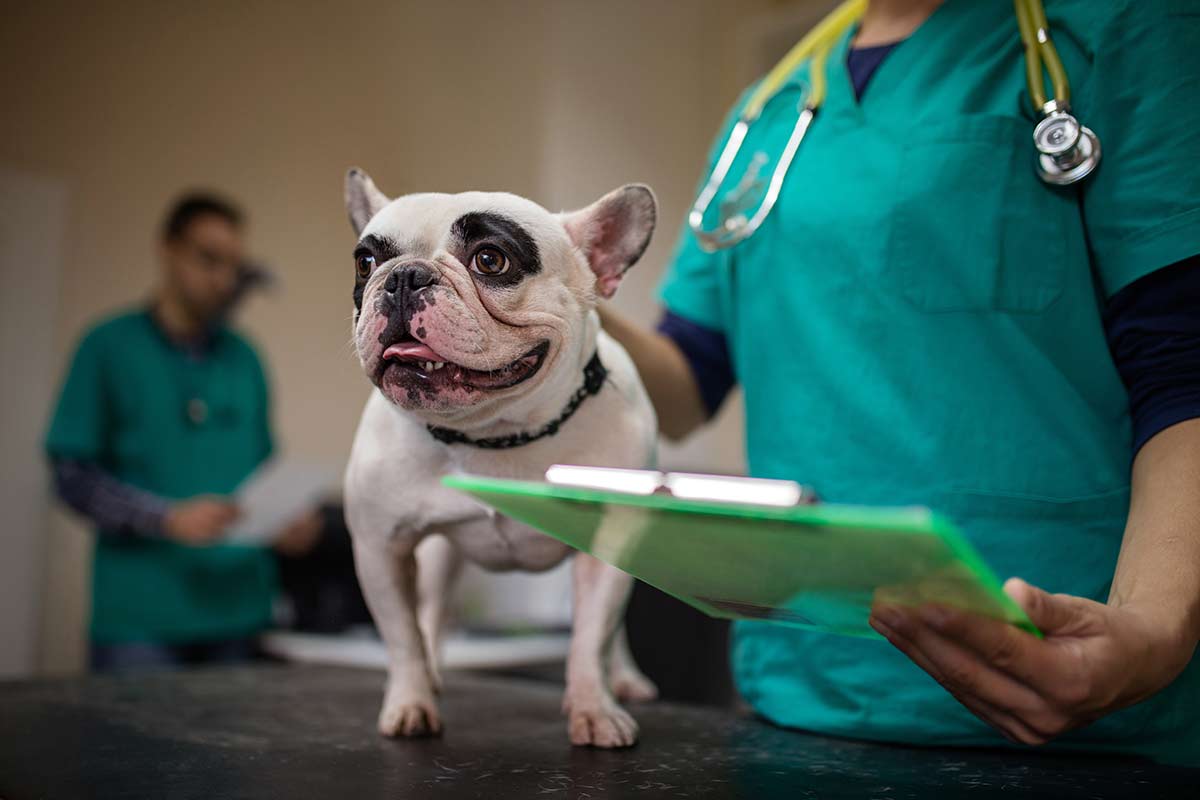Dr. Megan E. Maxwell, CAAB, discusses some of the factors that impact a dog’s response to behavior therapy:
For some dog owners, the question of how much their dog can learn is a challenging but exciting one. They envision fun possibilities in agility, advanced obedience, therapy dog work, or just the ever-expanding repertoire of fun “parlor tricks”. For these owners, it’s a question of how best to motivate their dog, to set up new and achievable learning challenges, and to put their dog into situations where he or she can earn positive reinforcement for acquiring new skills.
For many of the dog owners who contact board-certified animal or veterinary behaviorists for help, however, the question is posed with less enthusiasm. For those owners whose dog has bitten someone, is fighting with other dogs, destroying property, or driving himself frantic with anxiety, that same question of how much their dog can learn, or how much his or her behavior can be changed, has quite different implications. If no change can be made, some of these owners fear that they are facing dire outcomes, including rehoming or even euthanizing their dog.
Fortunately, improvements often can be made in even the most severe behavior problem cases. And these troubled owners in fact face the same set of challenges as those training their dogs for fun. Specifically, to ameliorate behavior problems is also a matter of figuring out how best to motivate their dog, how to set up new and achievable learning challenges, and how to put their dog into situations where he or she can earn positive reinforcement for acquiring new skills. The difference is that, rather than teaching a pole weave or a cute roll-over response, we are teaching these troubled dogs how to be calm, confident, and attentive in situations that have provoked problem behavior in the past.
Owners whose dogs have serious behavior problems often have already spent much more money, time, and heartbreak on their dogs than they had expected, so it’s a perfectly reasonable question for them to ask of a pet behavior professional: “Can you fix this?”, “What are my dog’s chances of full recovery?”, or “Can you guarantee improvement in my dog?” Of course, there can never be any guarantee of sustained behavior change in any animal (or human for that matter). Behavior is controlled by many things and is sensitive to ongoing changes in the environment, so guarantees of permanent change should be taken with caution. Instead, to best answer the question of “prognosis”, it’s important to point out those variables that are associated with more or less successful outcomes. Although this is by no means an exhaustive list, I will describe some of these factors here:
1) How long has the behavior problem been occurring? Behavior patterns that have been in place over long periods can be more difficult to address than those that have popped up recently, primarily because longer-lasting behavior problems tend to have a more complicated history of producing various consequences and becoming more “entrenched” or habitual over time.
2) How much is the behavior problem related to the dog’s breed or his or her individual genetic or dispositional tendencies? For example, dogs who are genetically prone to fearful or timid responding can take longer to respond to behavioral interventions designed to reduce fear. Or, dogs who are highly visually oriented by breed (e.g., herding breeds) may be inclined to track stimuli in their domestic environment and develop misplaced herding, circling, or repetitive tendencies.
3) How flexible can the family be in changing the way that they train, teach, or interact with their pet? For many families, the owners’ behavior is intimately related to the behavior problem of concern and their behavior must change if the pet’s behavior problem is to be resolved.
4) How much can environmental triggers be managed or controlled? For example, if the dog is barking wildly at the bay window all day and the behavior problem is resolved by closing the curtains, then voila! If the dog, however, is tearing down those curtains to get to the bay windows, then we have a more challenging situation to address.
5) How well does the dog respond to positive reinforcement that can be delivered by the owner? If a dog is highly motivated by consequences we can dole out to him or her, such as toys, treats, or physical affection, we are much better able to guide his or her learning and compete with environmental distractions and triggers.
There are many other, more complicated factors that determine how an individual dog will respond to behavioral intervention. These complex critters bring their own individual learning history to every situation and pet behavior professionals must take into account this individuality in developing a behavior plan that is suitable to the pet and the family. Luckily, there is an impressive arsenal of strategies, supported by a vast scientific literature in animal learning and behavior, that can be applied to help these families and their dogs make positive, sustainable behavior change.





